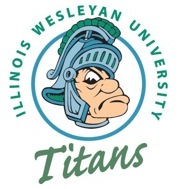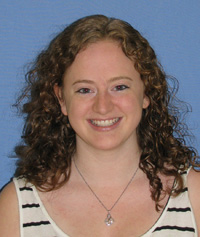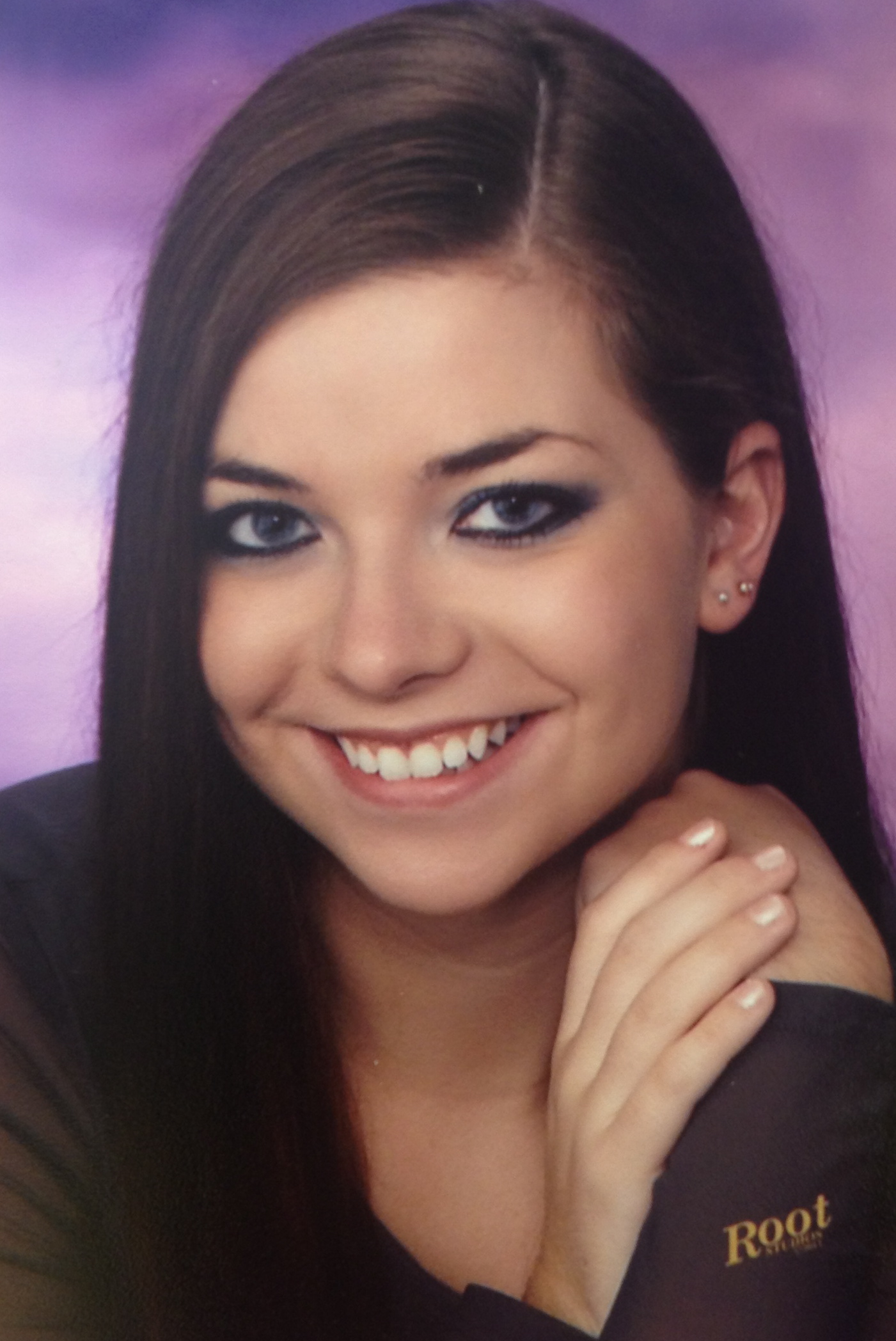Below is a summary of the abstract you submitted. Presenting author(s) is shown in bold.
If any changes need to be made, you can modify the abstract or change the authors.
You can also download a .docx version of this abstract.
If there are any problems, please email Dan at dar78@pitt.edu and he'll take care of them!
This abstract was last modified on April 21, 2015 at 4:44 p.m..

Sixteen mycobacteriophages were isolated by students at Illinois Wesleyan University in Bloomington IL using a soil enrichment technique and a Mycobacterium smegmatis host. Each student created and archived a high titer lysate of his or her mycobacteriophage, and of these sixteen, two were selected for genomic sequencing, Eidsmoe and Morrow. Morrow was found just outside the Morrow Plots at the University of Illinois at Urbana-Champaign, and is one of 64 members of the A4 subcluster. Its two most similar phages were isolated from soil in St. Louis, Missouri and Gettysburg, PA. Eidsmoe was isolated from a small stream in Bloomington, IL and is one of just six phages that make up the A9 subcluster. Of these six phages, Eidsmoe is the only one found in the interior of the United States. The other members of this group were found in Texas, Louisiana, and Florida, states bordering the Gulf of Mexico, while two members were found in Puerto Rico in the Caribbean. Both phages were found to be highly similar to other members of their subclusters. These phages were then annotated using BLASTp, Phamerator, Starterator, and DNAMaster.


